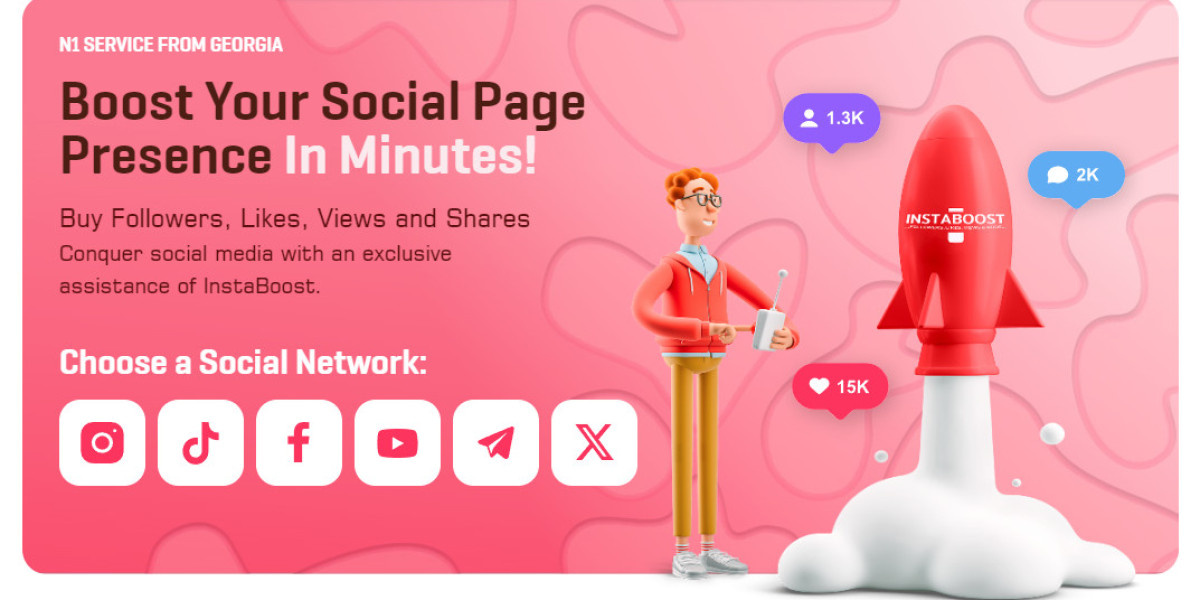1. Click-Through Rate (CTR)
Definition: CTR measures the percentage of people who clicked on your ad or link out of the total number of people who saw it.
Importance: A high CTR indicates that your ad is relevant and compelling to your audience. It’s a critical metric for PPC campaigns, email marketing, and display advertising.
Optimization Tips:
- Use engaging headlines and visuals.
- Include clear and compelling calls to action (CTAs).
- Conduct A/B testing to find the most effective ad copy and design.
2. Conversion Rate
Definition: Conversion rate measures the percentage of visitors who complete a desired action, such as making a purchase or filling out a form.
Importance: This KPI indicates the effectiveness of your marketing efforts in driving user actions. High conversion rates are a sign of a well-targeted and persuasive campaign.
Optimization Tips:
- Optimize landing pages for better user experience.
- Simplify the conversion process to reduce friction.
- Personalize content and offers based on user behavior.
3. Cost Per Acquisition (CPA)
Definition: CPA measures the cost of acquiring a new customer through your marketing efforts.
Importance: Keeping CPA low while maintaining high-quality leads is crucial for achieving a positive ROI. It helps in budgeting and evaluating the cost-effectiveness of different marketing channels.
Optimization Tips:
- Focus on high-performing channels and audiences.
- Optimize ad spending by reallocating budget to the most effective campaigns.
- Use retargeting to convert users who have previously interacted with your brand.
4. Return on Ad Spend (ROAS)
Definition: ROAS measures the revenue generated for every dollar spent on advertising.
Importance: This KPI helps in understanding the profitability of your ad campaigns. A high ROAS indicates that your campaigns are driving significant revenue relative to their cost.
Optimization Tips:
- Continuously analyze and adjust your bidding strategies.
- Invest more in high-performing campaigns.
- Improve ad relevance and targeting to increase conversions.
5. Customer Lifetime Value (CLV)
Definition: CLV estimates the total revenue a business can expect from a single customer account over the course of their relationship.
Importance: Understanding CLV helps in making informed decisions about marketing spend and customer acquisition strategies. It’s particularly useful for subscription-based businesses and long-term customer relationships.
Optimization Tips:
- Implement loyalty programs to increase customer retention.
- Focus on customer satisfaction and support.
- Upsell and cross-sell to existing customers to increase their value.
6. Bounce Rate
Definition: Bounce rate measures the percentage of visitors who leave your website after viewing only one page.
Importance: A high bounce rate can indicate that your landing pages are not engaging or relevant to visitors. It’s an essential metric for SEO and user experience optimization.
Optimization Tips:
- Ensure landing page content matches the intent of the ad or search query.
- Improve page load times and mobile responsiveness.
- Provide clear and easy navigation paths.
7. Engagement Rate
Definition: Engagement rate measures the level of interaction users have with your content, such as likes, shares, comments, and time spent on page.
Importance: High engagement rates indicate that your content resonates with your audience. It’s crucial for social media marketing and content marketing strategies.
Optimization Tips:
- Create high-quality, relevant, and shareable content.
- Encourage interactions through questions and calls to action.
- Use multimedia content like videos and infographics to increase engagement.
8. Organic Traffic
Definition: Organic traffic refers to visitors who find your website through non-paid search engine results.
Importance: Increasing organic traffic is a primary goal for SEO efforts. It indicates that your content is ranking well and attracting users naturally.
Optimization Tips:
- Conduct thorough keyword research and implement SEO best practices.
- Create high-quality, valuable content that answers users' queries.
- Build backlinks from reputable sites to improve search rankings.
9. Lead Generation
Definition: Lead generation measures the number of potential customers who have shown interest in your products or services, typically by providing their contact information.
Importance: This KPI is vital for understanding the effectiveness of your marketing campaigns in attracting potential customers. It’s especially important for B2B marketing strategies.
Optimization Tips:
- Offer valuable content like ebooks, webinars, or free trials in exchange for contact information.
- Use targeted ads and landing pages to capture leads.
- Nurture leads through email marketing and follow-up campaigns.
10. Customer Retention Rate
Definition: Customer retention rate measures the percentage of customers who continue to do business with you over a specified period.
Importance: Retaining existing customers is more cost-effective than acquiring new ones. High retention rates indicate customer satisfaction and loyalty.
Optimization Tips:
- Implement loyalty and rewards programs.
- Regularly communicate with customers through personalized emails and offers.
- Provide excellent customer service and support.
Conclusion
Tracking and optimizing the right KPIs is crucial for the success of any performance marketing campaign. By focusing on metrics like CTR, conversion rate, CPA, ROAS, CLV, bounce rate, engagement rate, organic traffic, lead generation, and customer retention rate, a performance marketing expert in Kerala, a Digital First Agency in Kerala, and an SEO Expert in Kerala can drive significant improvements in their marketing efforts.
Implementing these strategies will not only help in achieving better results but also provide a competitive edge in the ever-evolving digital marketing landscape. By continuously analyzing and optimizing these KPIs, businesses can ensure they are making data-driven decisions that lead to sustained growth and success






